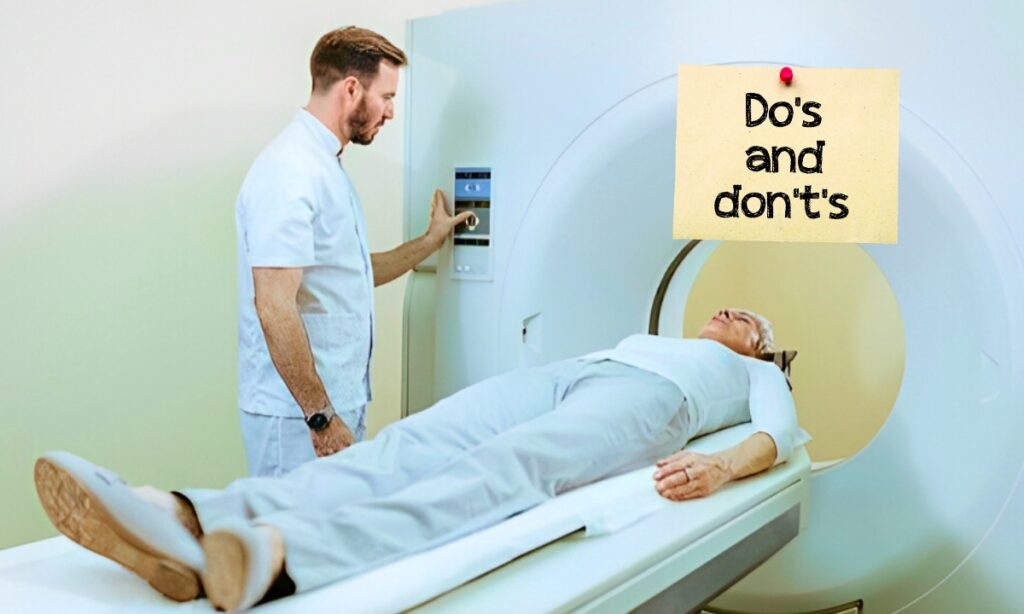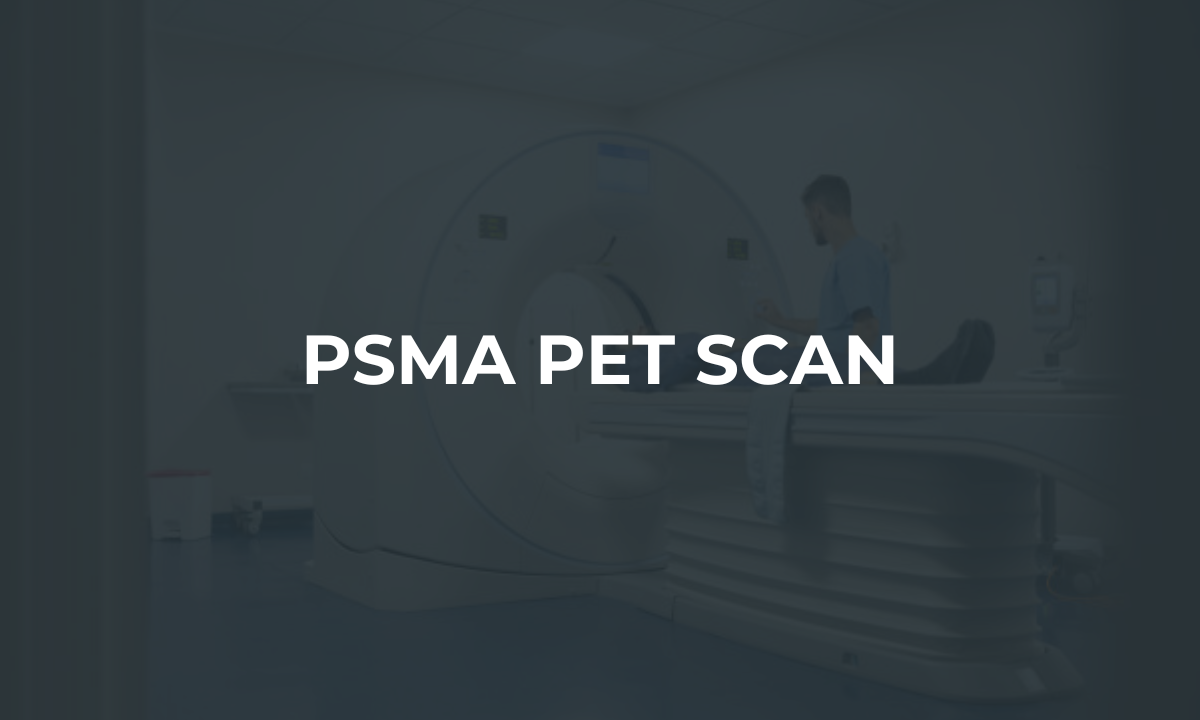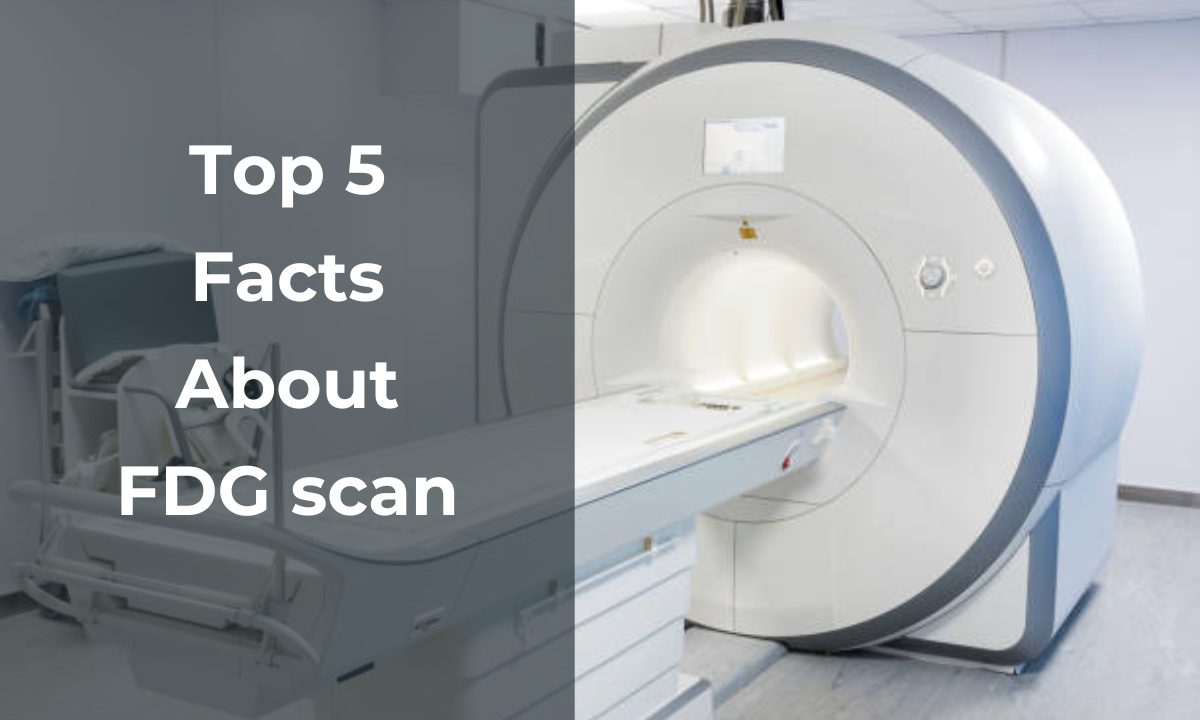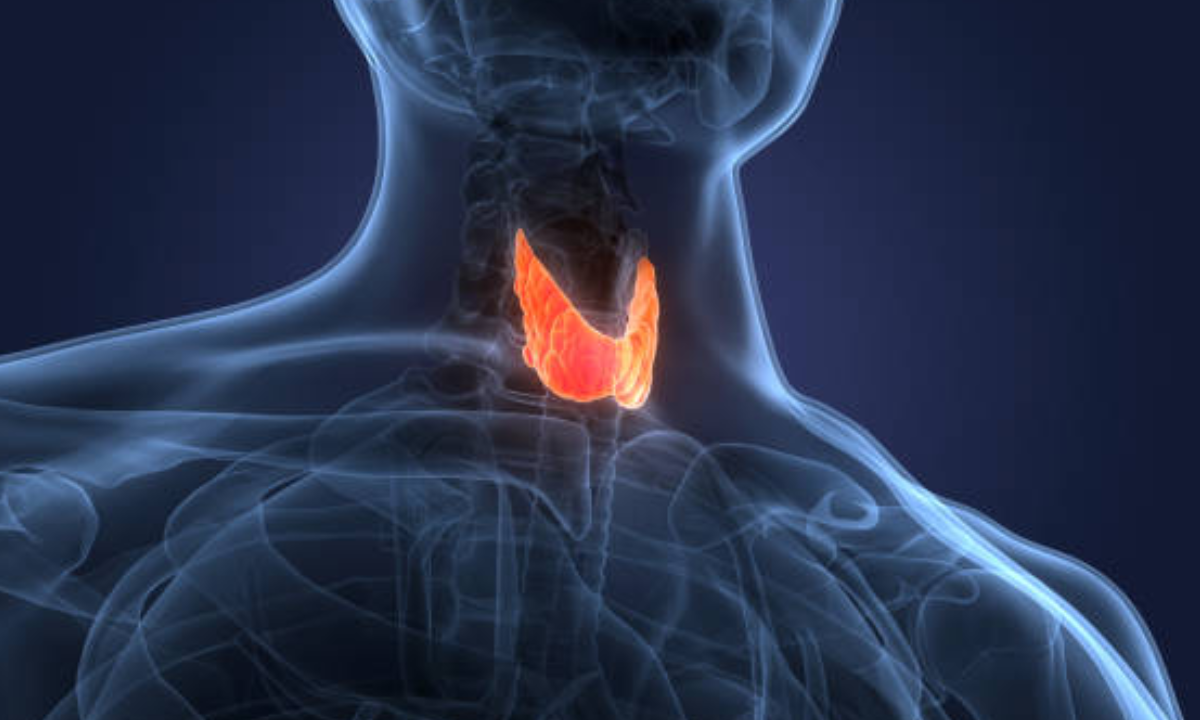Introduction
A Positron Emission Tomography (PET) scan is a recently developed imaging technique by which the body’s metabolism can be imaged. It is being used regularly for cancer, neurological diseases, and cardiovascular illness diagnosis. However, the price of a PET scan is relatively flexible depending on the geographical location, the type of the scan, and other requirements for the diagnostic procedure. In this article, we will discuss the price of PET scans in Bangalore, how one is charged, and how to select the best scan center.
How Is a PET Scan Done?
A PET scan measures metabolic and biochemical activity in organs using radioactive tracers. Here’s what is done:
- A radioactive tracer (like fluorodeoxyglucose or FDG) is injected into the bloodstream.
- Tracer binds at cells where metabolism occurs (e.g., cancer cells).
- Gamma rays from such cells are detected by a PET scanner, and a sharp 3D image is sketched.
- Doctors interpret the scan to diagnose disease, detect abnormality, and monitor the activity of treatment.
Pet Scan Cost In Bangalore
The cost of a PET scan in Bangalore differs from one center to another, the quantity of scans, and the area. On average, the cost of a PET scan in the city can range between ₹25,000 and ₹35,000. Kiran Nuclear Medicine & PET-CT Center provides a pocket-friendly budget that is convenient for everyone.
PET-CT Scan Price Details at Kiran Nuclear Medicine & PET-CT Centre
PET CT Scans
| Scan Type | MRP |
|---|---|
| Bone PET CT – NaF18 | 15000 |
| Brain PET CT | 17000 |
| Regional PET CT | 17000 |
| PET Cardiac Viability | 18000 |
| Full Body FDG PET CT | 28000 |
| PSMA PET CT | 32000 |
| DOTANOC PET CT | 32000 |
| FAPI PET CT | 32000 |
| Exendin DOTA PET CT | 32000 |
Nuclear Medicine Scans
| Scan Type | MRP | Scan Type | MRP |
|---|---|---|---|
| Bone Scan MDP | 10000 | Lympho-Scintigraphy | 12000 |
| Brain SPECT (ECD) | 15000 | Meckel’s Scan | 10000 |
| DMSA Scan | 7000 | MPI (Adenosine Stress) | 15000 |
| DRCG Scan | 7000 | MPI (Dobutamine) | 14000 |
| DTPA Scan | 7000 | MPI (Stress and Rest) | 14000 |
| EC Scan | 7000 | MUGA Scan | 15000 |
| Gastric Emptying Scan | 8000 | Parathyroid Scan | 12000 |
| GE Reflux Scan (GER) | 8000 | Salivary Scintigraphy | 8500 |
| GI Bleed Scan | 10000 | Testicular Scan | 10000 |
| Lacrimal Scintigraphy | 8500 | Three Phase Bone Scan | 12000 |
| Liver HIDA Scan | 10000 | Thyroid Scan | 5000 |
| Liver Spleen Scan | 10000 | WB I-131 Scan | 15000 |
| Lung Perfusion Scan | 12000 |
Why Does PET Scan Cost More?
A few of the explanations for why PET scans are way more costly compared to other imaging techniques such as MRI and CT scans are:
- Radioactive Tracers: These PET scan radioactive tracers are costly to manufacture and utilize. These tracers are short-lived with a small half-life and must be utilized with a close schedule.
- Advanced Technology: Scanners also possess extremely technologically sophisticated detectors and software codes authored by AI employed in scanners and packages.
- Expertise: A PET scan also needs to be interpreted by trained nuclear medicine personnel or radiologists, an added expense.
- Strict Adherence to Rules: PET scans are a form of application of radiation, and thus, centers must strictly follow safety procedures, an added expense to operations.
- Inadequate Availability: PET scan machines are not as frequent as other imaging machines, and thus, the treatment is pricier since it is highly demanded.
Do’s and Don’ts Before a Full Body PET Scan

Do’s Before a Full Body PET Scan:
- Tell your physician about any history of radiation treatment or allergies.
- Loose, baggy clothing is to be worn as room temperature may impact the accuracy of the scan.
- Fluids are to be consumed, and fasting instructions are advised by your physician.
Dont’s Before a Full Body PET Scan:
- Do not eat anything or drink anything except water at least 8 hours before the scan.
- Remove all metal jewelry and accessories, i.e., necklaces, piercings, belts, etc., slowly.
- Do not work hard intensely, like a gym workout, jogging, or Zumba, at least 24 hours before the scan.
PET Scan for Cancer Diagnosis
PET scan is one of the best diagnostic and follow-up methods for cancer. The test facilitates:
- Detection of the presence or absence of a tumor.
- Staging of cancer to assess the level of growth of the cancer.
- Confirmation of the effectiveness of the treatment, particularly radiation and chemotherapy therapy.
- Detection of whether the tumor is benign or malignant.
PET Scan for Brain Disorders

PET scans offer vital information regarding brain function through their ability to identify changes in glucose metabolism. PET scans are used very commonly in diagnostics for:
- Alzheimer’s and dementia.
- Epilepsy as localization of the seizure focus.
- Brain tumors and brain metabolism.
- Parkinson’s disease and other neurodegenerative diseases.
Other Diseases Diagnosed by PET Scans
In addition to cancer and brain disease, PET scans diagnose:
- Cardiovascular disease (e.g., risk of heart attack, blood flow).
- Lung and liver disease.
- Bone infection and inflammatory disease.
PET Scan Side Effects and Risks
PET scans are safe with minimal risks:
- Radiation exposure: Low but not for pregnant women.
- Allergic reactions: Uncommon but potentially due to the radioactive tracer.
- Discomfort at injection site: Swelling or tenderness may occur.
PET Scan vs. CT Scan: Major Differences
| Factor | CT Scan | PET Scan |
|---|---|---|
| Imaging Technique | Uses X-rays to create cross-sectional images of organs, bones, and tissues with high resolution. | Uses radioactive tracers to quantify metabolic activity and identify diseases at the cellular level. |
| Purpose | Emphasizes structural abnormalities, including tumors, fractures, or infections. | Provides information on changes in tissue function and thus is best suited for cancer staging, brain disease, and cardiac disease. |
| Best Use Cases | Best for detecting injuries, internal hemorrhage, and bone or lung disease. | Best for cancer diagnosis, neurological disease (Alzheimer’s, epilepsy), and cardiac disease. |
| Radiation Exposure | Exposes the patient to X-ray radiation, slightly more than a PET scan. | Involves radioactive tracers, which expose patients very little to radiation but need special handling. |
| Cost & Availability | Less expensive and easily available in hospitals and imaging centers. | Expensive because of the special equipment and radiotracers needed and is available only in special diagnostic centers. |
How to Choose the Best PET Scan Centre in Bangalore?
If you have to undergo a PET scan in Bangalore, the following are the things when you choose a diagnostic center:
Conclusion
A PET scan is an effective diagnostic test that detects cancer, brain illness, and cardiovascular disease. It may be true that a PET scan in Bangalore will cost between ₹25,000 to ₹35,000, but a visit to the reputed diagnostic center so that the test outcome will be dependable. Technology, radiologist competence, accreditation, and safety requirements are a few aspects one needs to keep in mind while opting for a PET scan center.
If you are from Bangalore and need a PET scan, compare rates, identify several centers, and look at reviews to select one within your means Kiran Nuclear Medicine & PET/CT Centre is one center that gives accurate imaging and diagnosis with the latest facilities and expertise.






